California wildfires reveal misplaced US priorities: Aid to Israel, neglect at home
By Alireza Akbari
On Thursday, January 9, a viral video surfaced on social media platforms showing Los Angeles Fire Department (LAFD) personnel using bags to extinguish raging wildfires that were ravaging entire neighborhoods in Southern California.
This sparked widespread criticism of the US government's crisis management, disaster response, and resource allocation, with many arguing that the disaster was preventable and manageable.
As the video went viral two days after the outbreak of the wildfires, US citizens questioned the state of Los Angeles, with comments like "how pathetic has LA become?" Others mocked the federal government's decline and inadequacy in handling the simmering crisis.
The LAFD, in a defensive mode, explained that the bags were practical tools for firefighters to douse the flames. However, the criticism of the government's inefficiency only peaked.
This was further fueled after a briefing from outgoing president, Joe Biden on January 8, where he announced, "The good news is, I’m a great-grandfather as of today."
Wildfires devastate LA while US taxpayer money flows to Israel pic.twitter.com/XW0DW87KQv
— Press TV 🔻 (@PressTV) January 11, 2025
He also mentioned the birth of his great-grandchild, initially referring to the newborn as a "10-pound baby girl" before correcting himself to say "baby boy," another gaffe.
These statements from Biden drew further criticism, as reflected by posts on X (formerly Twitter), where users felt the announcement was tone-deaf given the severity of the wildfires and staggering losses experienced by tens of thousands of Americans.
Many Americans expressed frustration that Biden seemed to shift focus from the emergency situation to his personal news, with some describing it as an "awkward announcement" during a time of crisis.
Further criticism came from President-elect Donald Trump on January 8, where he made several comments regarding the Los Angeles wildfires, asserting that Biden left him with “no money in (Federal Emergency Management Agency) FEMA.”
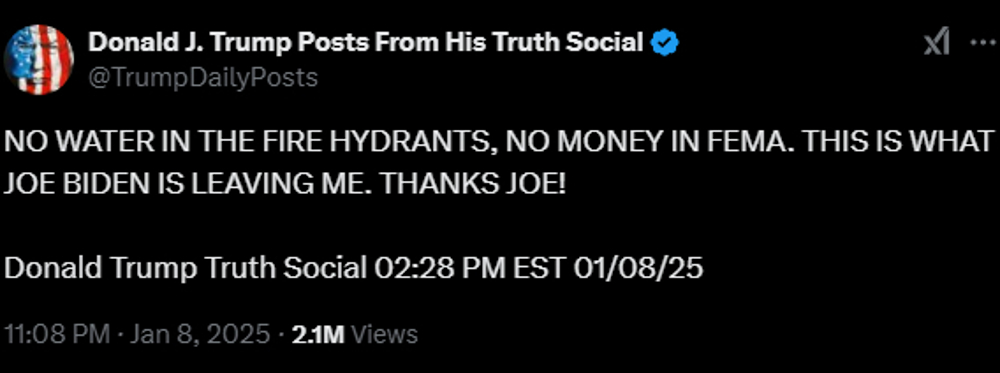
“No water in the fire hydrants, no money in FEMA. This is what Joe Biden is leaving me. Thanks Joe!” Trump wrote in a Truth Social post, which was later reposted on X.
Many believed that Trump was using the crisis as a political opportunity to attack his adversaries.
As the wildfires spread, leaving more citizens desperate, social media was rife with criticism of the US government's focus on aid to Israel amid its ongoing genocidal war on Gaza, which began in October 2023 and has so far claimed the lives of over 46,600 Palestinians.
In 2023, Benjamin Netanyahu-led Israeli regime initially received approximately $3.3 billion in military aid from the United States under a 2016 Memorandum of Understanding (MoU).
Furthermore, in November 2023, the US House approved an additional $14.5 billion in military aid for the Tel Aviv regime amid its genocidal war on Gaza despite anger and outarge across the US.
US has provided over $22 billion to Israel’s military since Oct. 2023: Reporthttps://t.co/UYoggoJhav
— Press TV 🔻 (@PressTV) January 1, 2025
The total military aid provided to the Israeli regime in 2023 was significantly higher due to additional emergency packages and arms sales, used in Gaza. In April 2024, the US Congress approved an emergency military assistance package for Israel amounting to $14.3 billion.
From October 2023 to October 2024, the US provided at least $17.9 billion in inflation-adjusted dollars military aid to the Israeli regime, marking the highest annual amount ever recorded.
Discussions and proposals for further aid continued, including an $8 billion arms sale in September, reflecting the ongoing American commitment to support Israel amidst its genocidal campaign in Gaza.
Over the past 15 months of the war, the US has provided significant support to the Israeli regime with Biden and his administration going out of its way to defend and whitewash war crimes in Gaza.
Following the widlfires in the US, many American taxpayers became more vocal about their government's continued military aid to the Israeli regime while Americans remain vulnerable to both natural and man-made disaster due to lack of crisis management strategies.
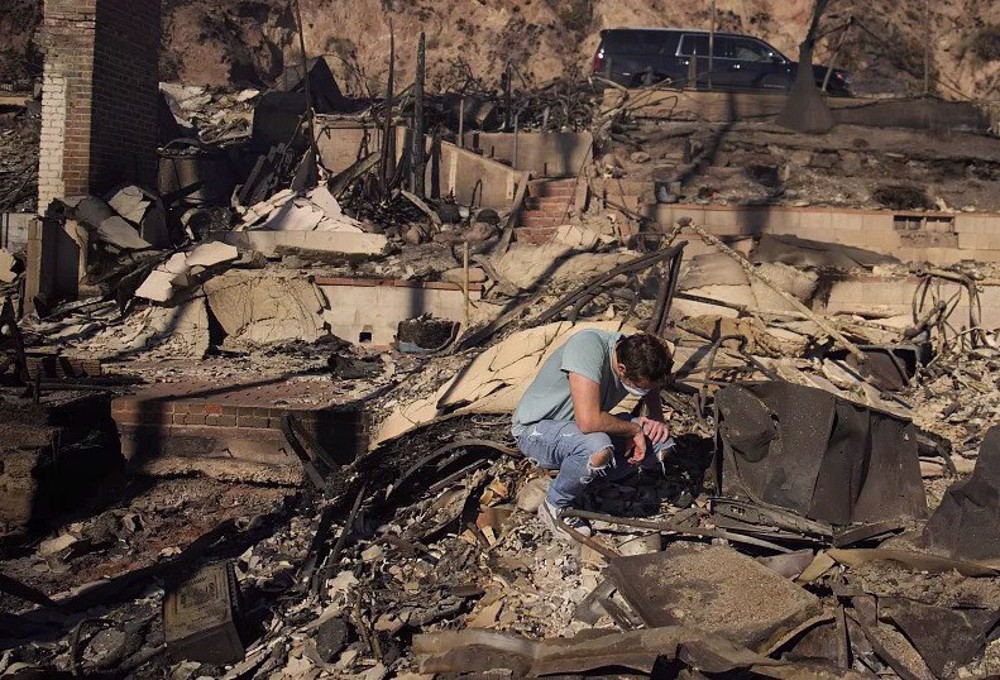
Devastating impact on Los Angeles County
As of January 12, 2025, the ongoing wildfires in Los Angeles County, particularly the Palisades and Eaton fires, have had devastating impacts. At least 16 people have lost their lives due to the blaze.
Approximately 180,000 residents have been evacuated from affected areas. Temporary shelters are at full capacity, and hotels are fully booked, leaving many evacuees seeking alternative accommodations.
The Palisades Fire has burned over 23,000 acres, with containment at 11 percent. The Eaton Fire has consumed approximately 14,000 acres and is only 15 percent contained.
Insured losses are estimated at $20 billion, with total economic losses potentially reaching $50 billion.
Over 5,000 structures have been destroyed by the Palisades Fire, and approximately 7,000 structures have been damaged or destroyed by the Eaton Fire.
In total, these fires have resulted in the loss of over 12,000 structures, including homes, businesses, and public buildings in the region.
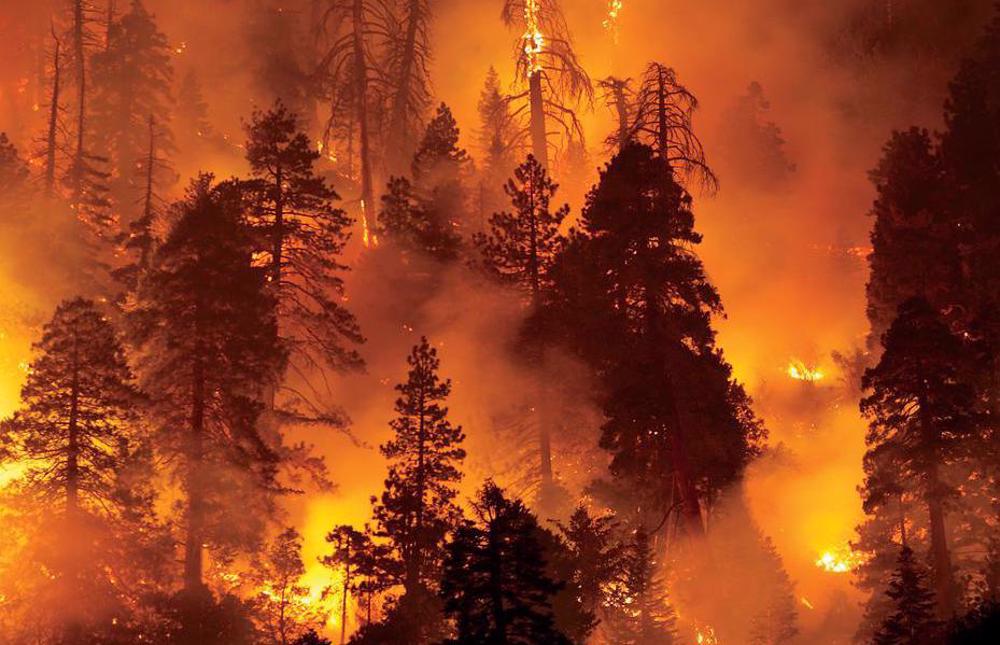
Initial outbreak
On January 7, 2025, a wildfire broke out in California's Central Valley, a region known for its high fire risk due to dry conditions and strong winds. The blaze, initially called the "Eastwood Fire," was first reported around 2:30 PM near Eastwood Road, about 15 miles west of Fresno.
According to the California Department of Forestry and Fire Protection (CAL FIRE), the fire broke out under conditions of high winds and low humidity, which contributed to its rapid spread.
Early reports suggested that the fire likely began in a remote area of dry brush and grass, possibly sparked by an electrical fault in a high-voltage transmission line, though investigations were still ongoing.
By evening, the fire had already spread to over 3,000 acres, aided by the strong winds typical of California's January weather.
The flames were fueled by drought-stricken vegetation, including tall grass, pine trees, and shrubs, some of which had not recovered from previous years of drought.
As the fire spread rapidly, local authorities issued mandatory evacuation orders for residents of Eastwood, Sierra National Forest, and surrounding areas. Initial reports indicated that at least 2,000 people were evacuated from their homes.
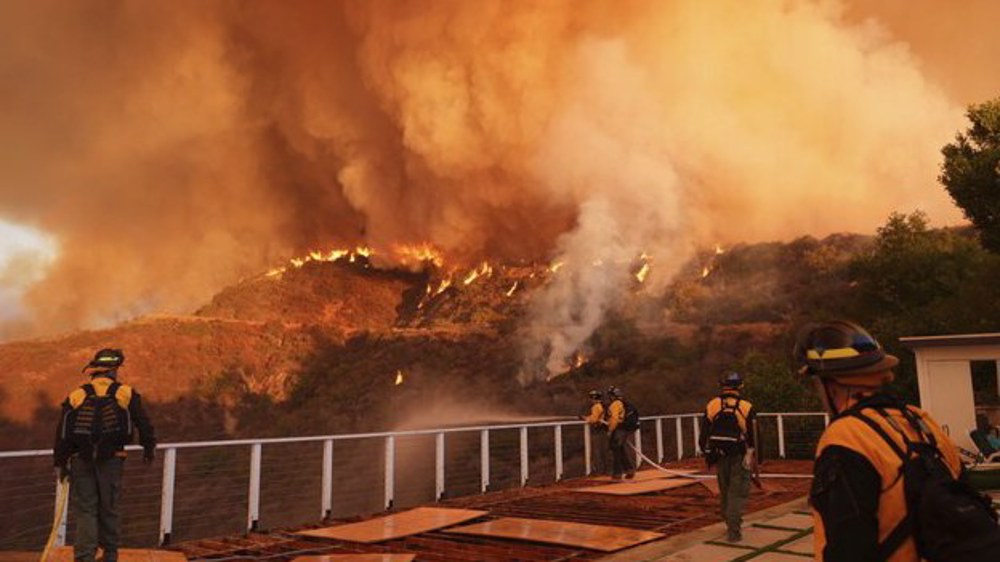
By the next day, January 8, the blaze had ravaged thousands of homes and forests, engulfing and reducing to ashes everything that came its way.
In Southern California, the Palisades Fire began to consume parts of the Santa Monica Mountains. North of Pasadena, the Eaton Fire erupted, spreading across 2,227 acres within just a few hours.
In one of the most affluent areas of Los Angeles County, 4,000 to 5,000 structures were feared to be damaged or destroyed, and by nightfall, thousands of families had been forced to flee their homes.
Evacuation orders were issued for over 180,000 residents, with 200,000 more placed on high alert, ready to leave at a moment’s notice.
Shelters quickly filled and the strain on local resources became more evident. In some areas, even the hydrants had run dry, leaving crews to rely on residential swimming pools and nearby rivers to supply their tanks.
By the end of the day, the death toll had risen to doube figures. As emergency crews conducted search-and-rescue operations, the figures have been expected to climb.
The economic toll has been mounting as well, with early estimates indicating that the fires have caused losses upwards of $50 billion, affecting ordinary people.
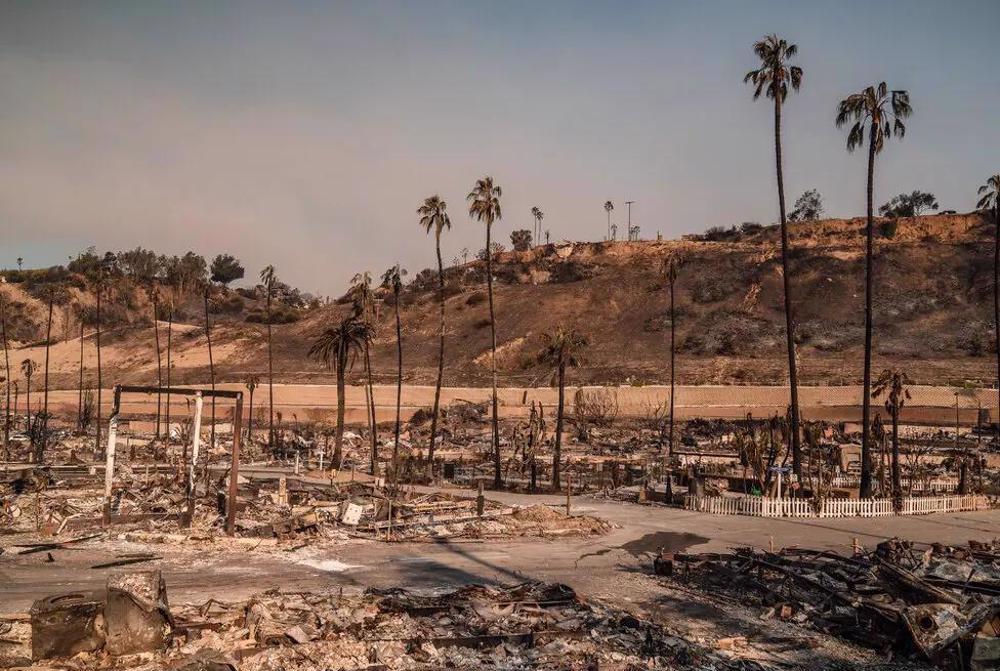
As of January 12, at least 16 people have lost their lives due to the fires. Approximately 153,000 residents were ordered to evacuate, with an additional 166,000 placed under evacuation warnings.
Nearly 10,000 structures, including homes and businesses, were destroyed. The fires left entire neighborhoods in ruins, exacerbating the challenges for first responders and affected communities.
As of January 12, the death toll rose to 16, with 11 fatalities attributed to the Eaton Fire and 5 to the Palisades Fire. Also, at least 13 individuals are reported missing and approximately 180,000 residents were evacuated from affected areas.
The Palisades Fire has expanded to cover 38,000 acres, prompting further evacuations.
Insured losses have been estimated at $20 billion, with total economic losses potentially reaching $50 billion. The situation remains critical, with authorities urging residents to adhere to evacuation orders and stay informed through official channels.
Iran cuts gold import tariff to zero
Pezeshkian: Iran determined to develop, boost ties with neighbors
VIDEO | Israel, Hamas ceasefire agreement: Closer than ever
VIDEO | Gaza ceasefire to be put in place under resistance conditions
Hot water and sewage: Palestinians share harrowing tales of torture in Israeli prisons
VIDEO | Thousands evacuated in Ethiopia amid earthquakes, volcanic eruption fears
Revealed: Israeli ministers eye restoration of illegal settlements in Gaza through genocide
How Los Angeles’ pistachio tycoons facilitated and profited from wildfires


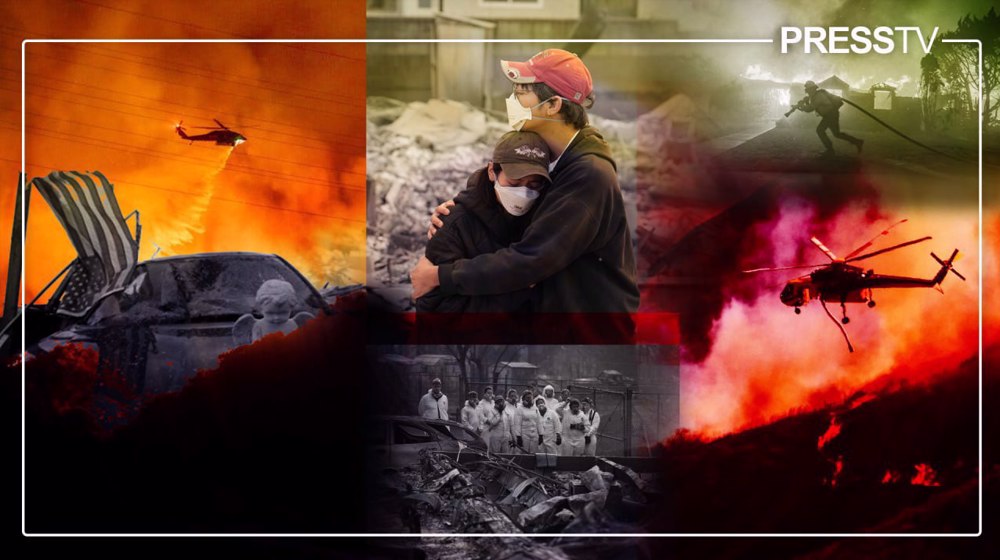


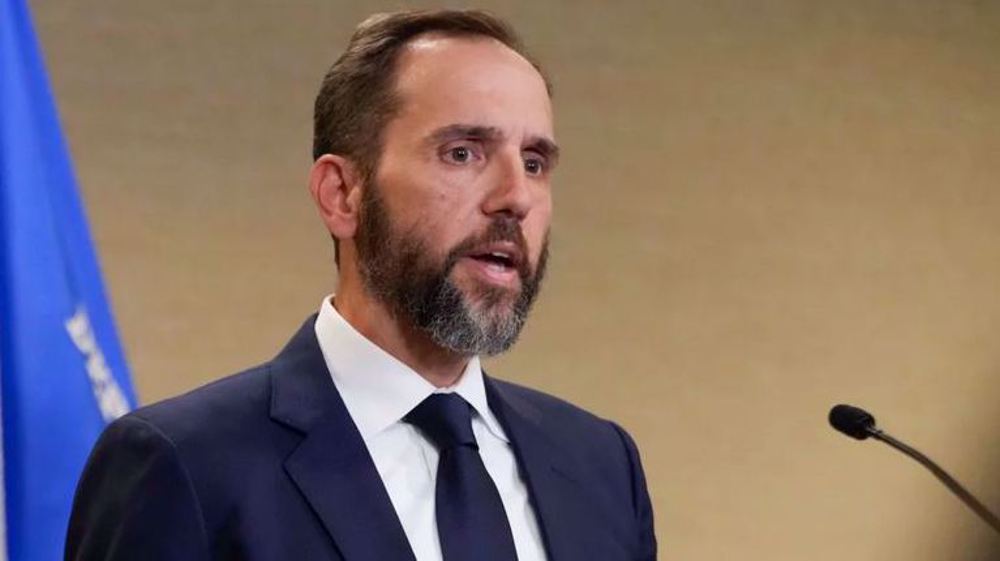




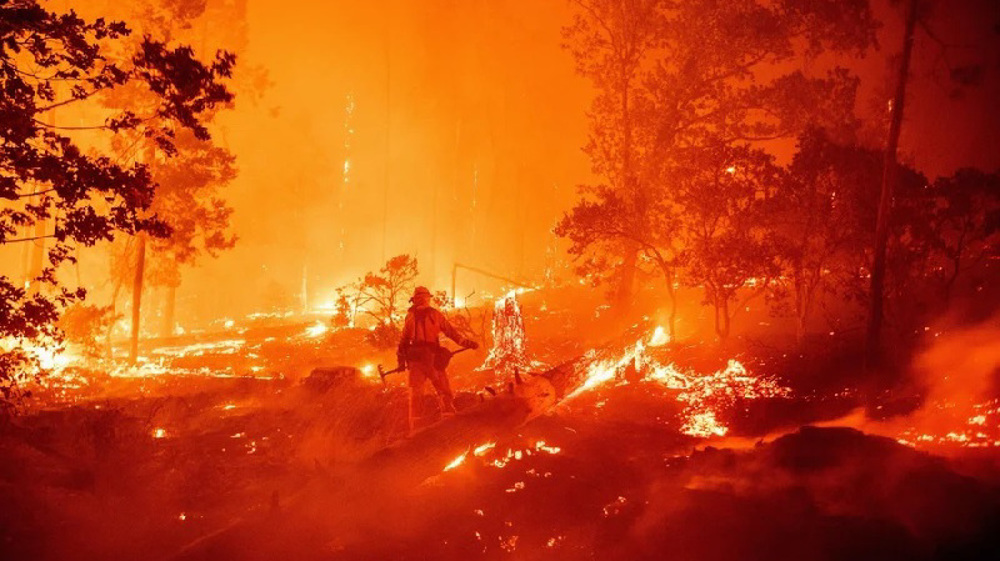

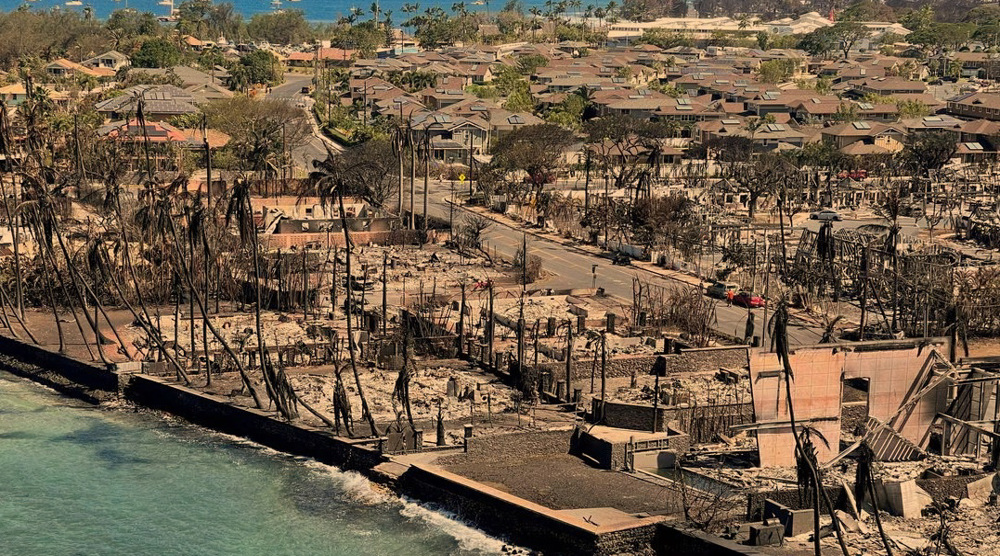

 This makes it easy to access the Press TV website
This makes it easy to access the Press TV website